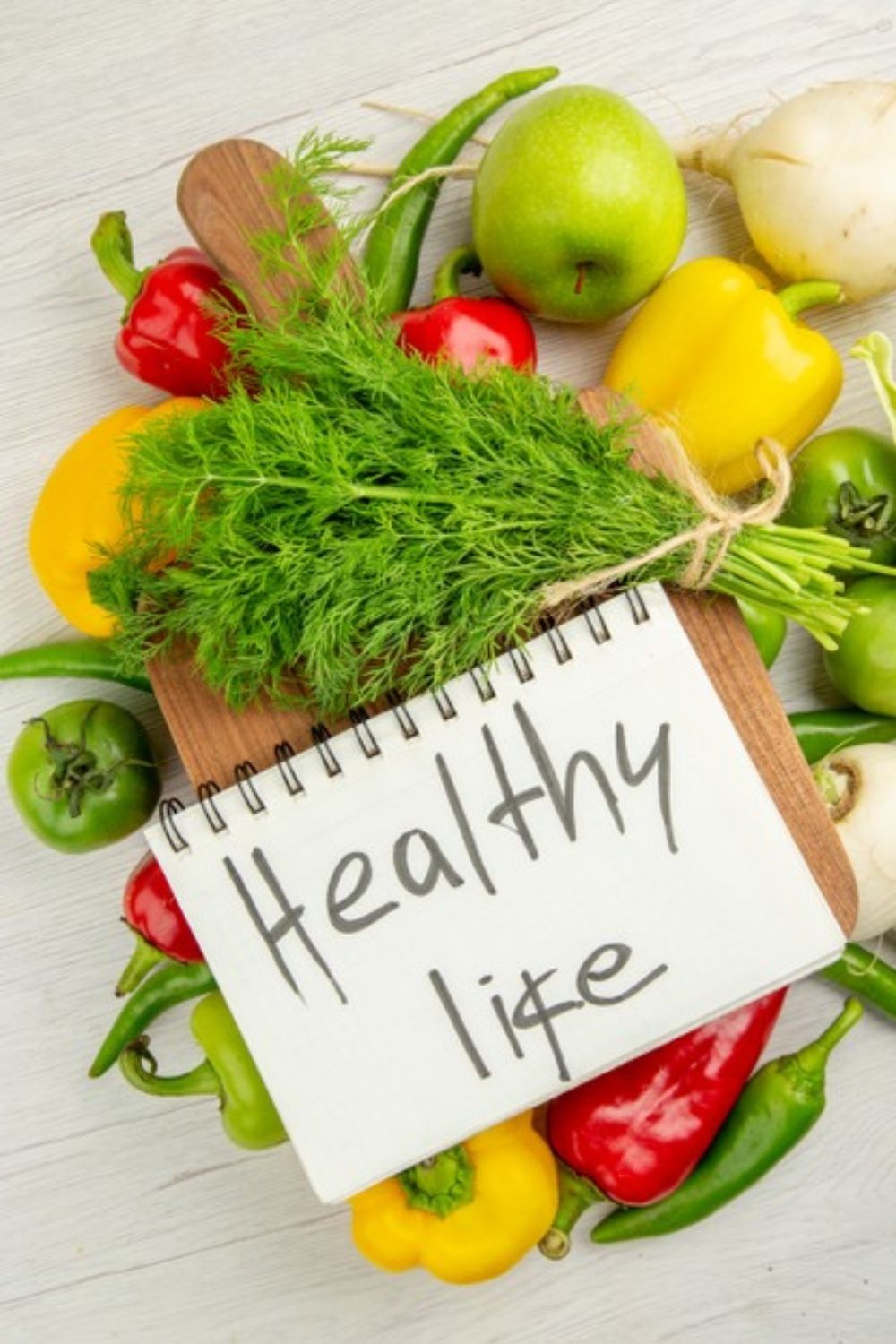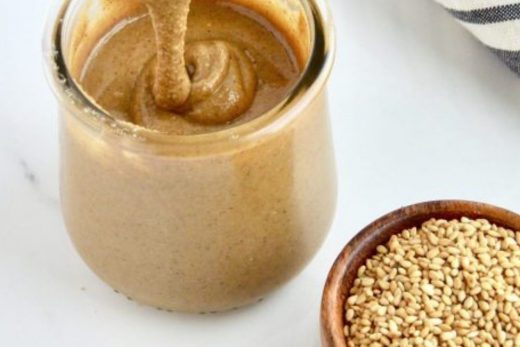There are a few points to be aware of when freezing vegetables and fruits. First of all, the material should be as fresh as possible, it should not be kept waiting after taking it. Freezing changes the texture of fruits and vegetables, not as fresh as fresh, but suitable for use in cooking. After washing, it is essential to strain thoroughly and dry thoroughly in a salad dryer or towel, because if any water remains on them, ice crystals will form.
Another tip is that you should leave room on the material if you are storing it in the container. The reason is that the material expands and overflows as it freezes. Also, be careful not to fill your freezer too much, as the goal is to freeze in a short time. Leave space between the materials so that there is air circulation between them. After freezing, vegetables and fruits can be stored for 14 months in deep-freeze and about 9 months in the freezer. Of course, you can eat after this period, only the taste may be problem.
Some vegetables need to be blanched, that is, boiled for 2-3 minutes and immediately shocked in cold water. Spinach, okra and asparagus are some of them. In this way, you stop the enzymes that cause the vegetables to spoil even in the freezer, and at the same time protect the color, texture, flavor and nutritional values of the vegetables. Be careful not to overfill the pot while blanching. If it takes more than 1 minute for the water to boil after adding the vegetables, you are overfilled. In the meantime, don’t forget to save the water you use and use it in soup or vegetable stock. It is difficult to grow ice in an ice bath, you can use an ice pack instead.





